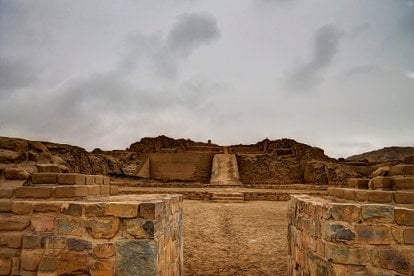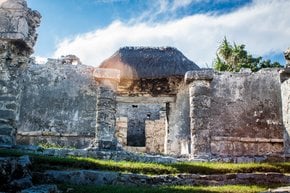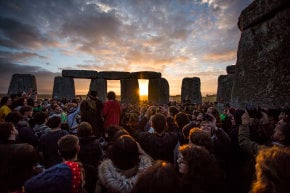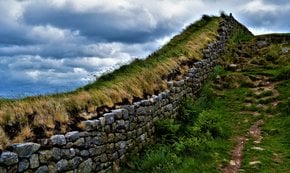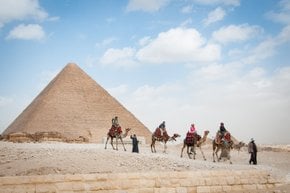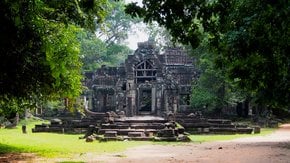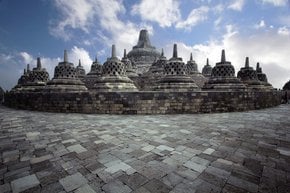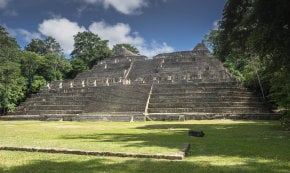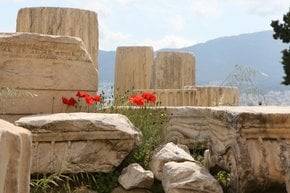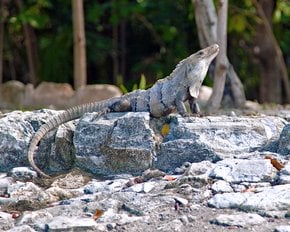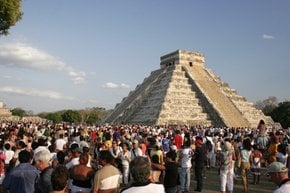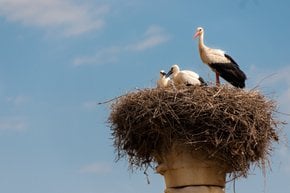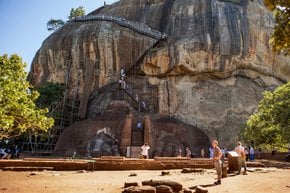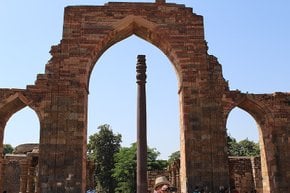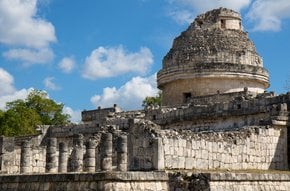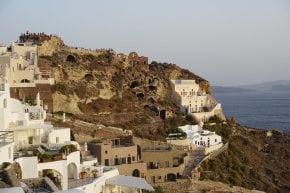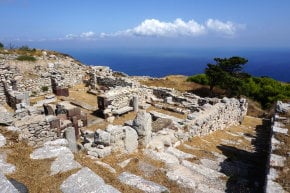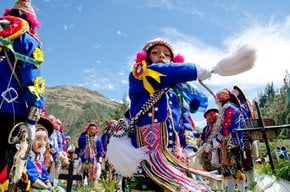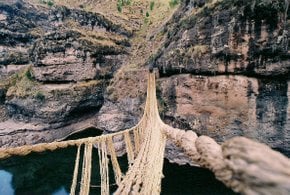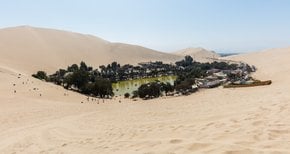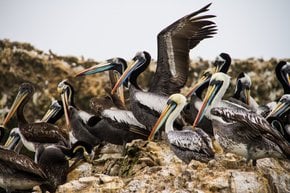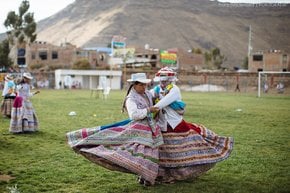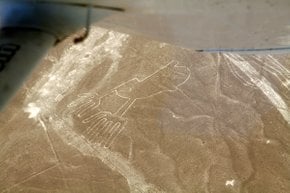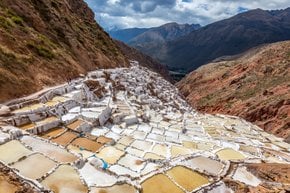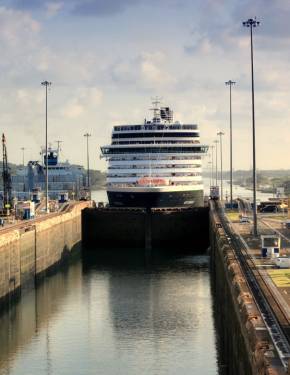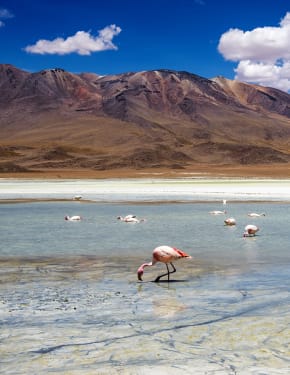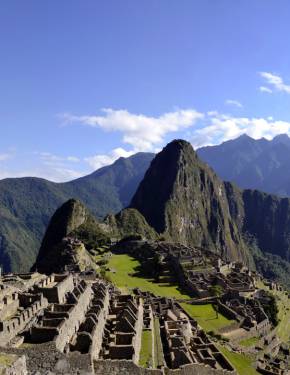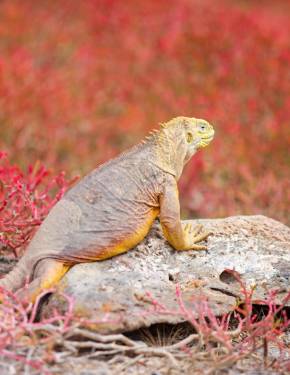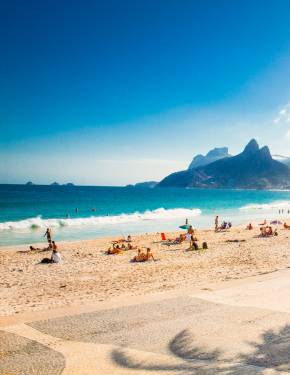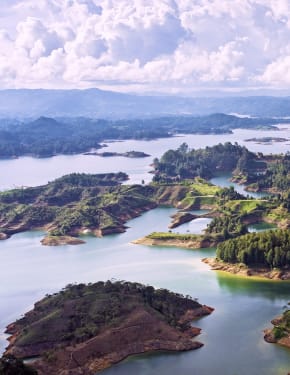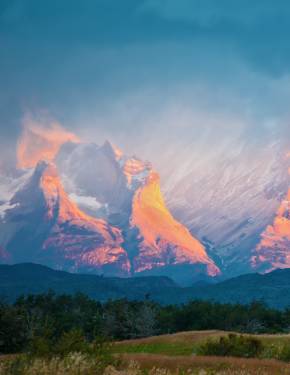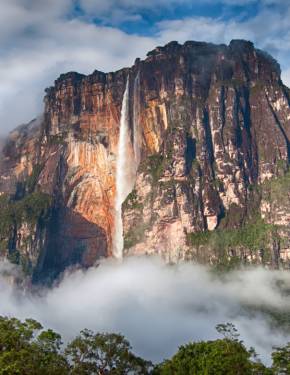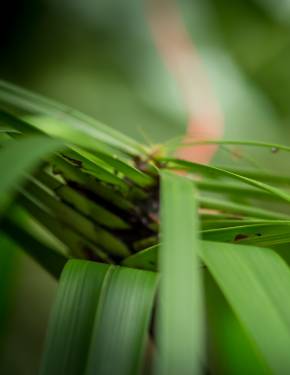Pachacamac in Peru 2024-2025
The most important archeological site in coastal Peru
Best time: October–May (year round)
Started by the Lima culture around 200 CE, the Pachacamac ancient settlement includes large temples, a cemetery, and mysterious pyramids. Pachacamac is located 40 km (25 mi) southeast of Lima, in the Valley of the Lurín River. The site which covers about 600 hectares was named after the god Pacha Kamaq, "Earth Maker." The settlement flourished for over 1,300 years until the Spanish invasion.
Pacha Kamaq was considered to be the god by ancient people who lived in this part of Peru before the Incas. A god who made the first man and woman and also a god of fire and earthquakes. His looks were so scary that humans couldn't look at him. Pachacamac was centred around Pacha Kamaq temple and the god’s oracle, who was able to predict the future and share advice and prophecies. The temple was also used for worship by the Wari people in 650, and later the Inca who conquered it in 1470. Inca even included the god Pachacamac in their pantheon and allowed the religious ceremonies in the city to carry on.
In the 1890s, archaeologists discovered Pachacamac and found many large buildings and burials. Quite a few pyramids with ramps and plazas dating between the late 1300s and the mid-1400s were also found. The three most famous pyramids are the Painted Temple, the Temple of the Sun, and the Old Temple of Pachacamac. The Temple of the Sun is 30,000 square meters and was built in a trapezoid shape, likely by Inca. Human sacrifices may have also taken place there, although there is no proof.
Unfortunately, in 1533 Spanish invaders looted the settlement and ruined many buildings. Today, visitors can see the remains of 20 different sites—temples, mausolea, and burials.
When you plan your visit to Pahacamac, choose a time during October through May as the summer is unbearably humid in this area.

